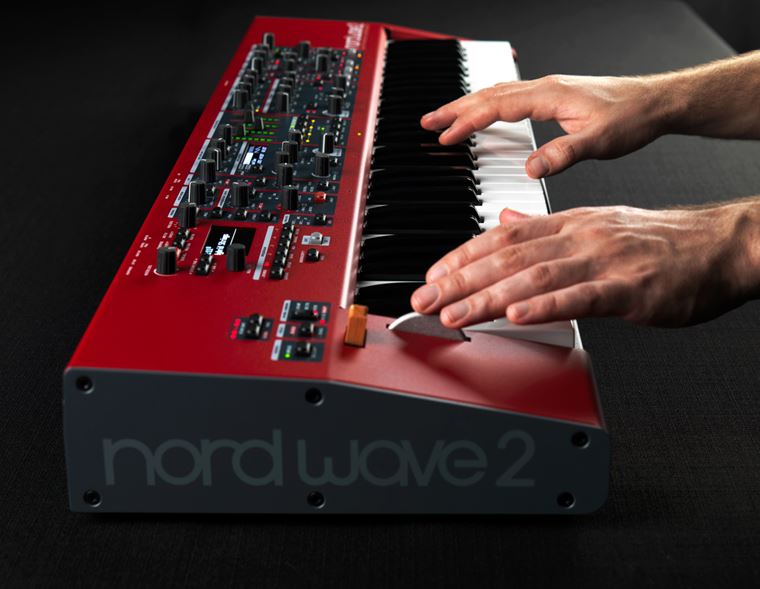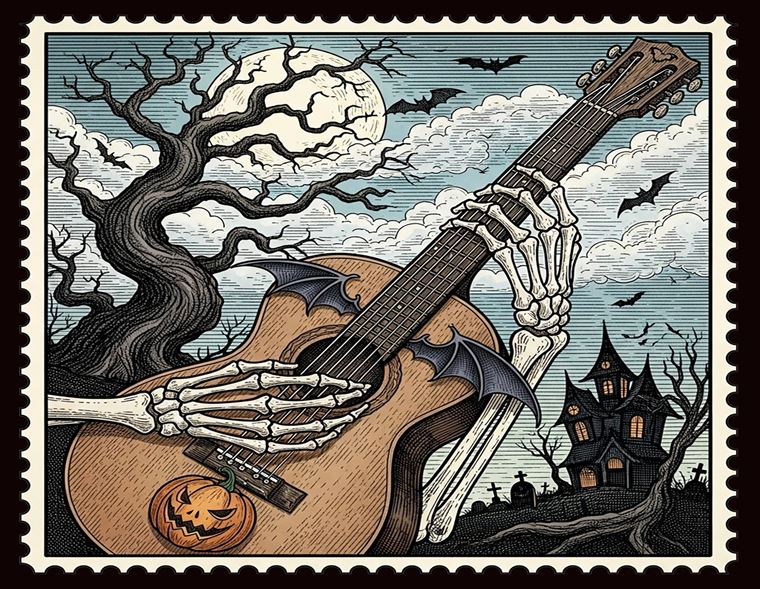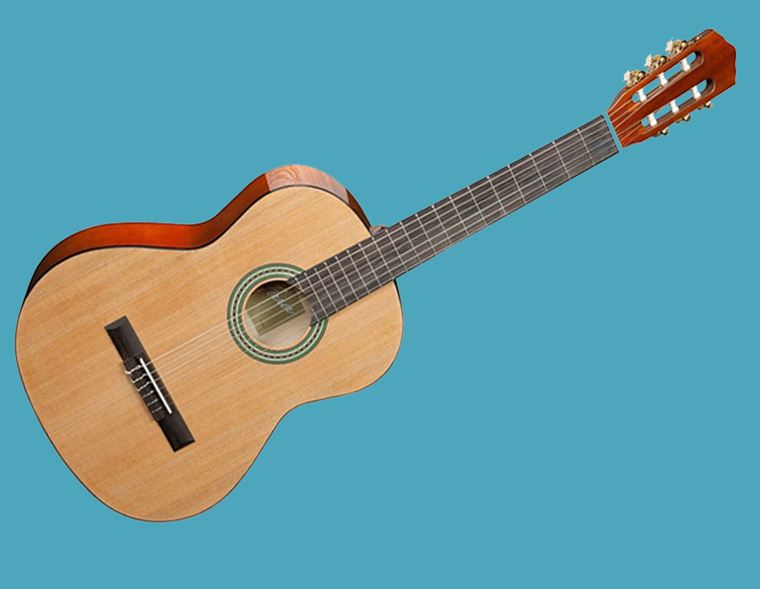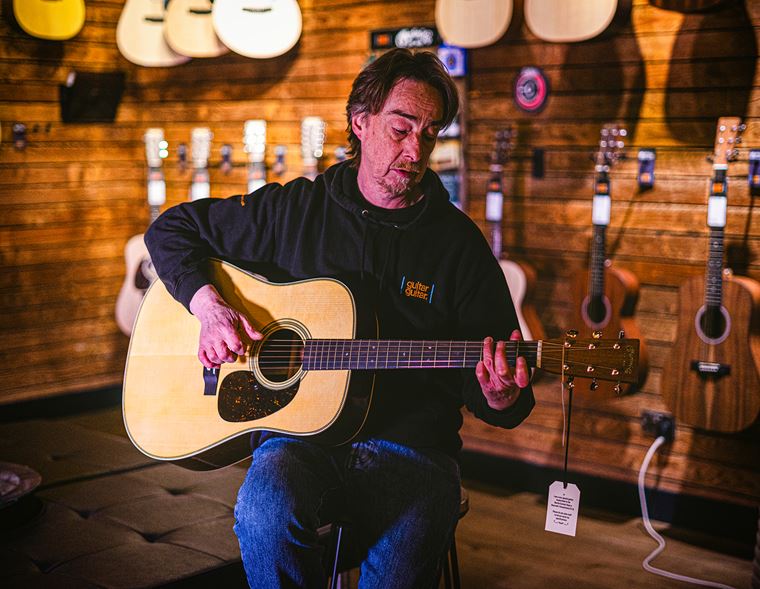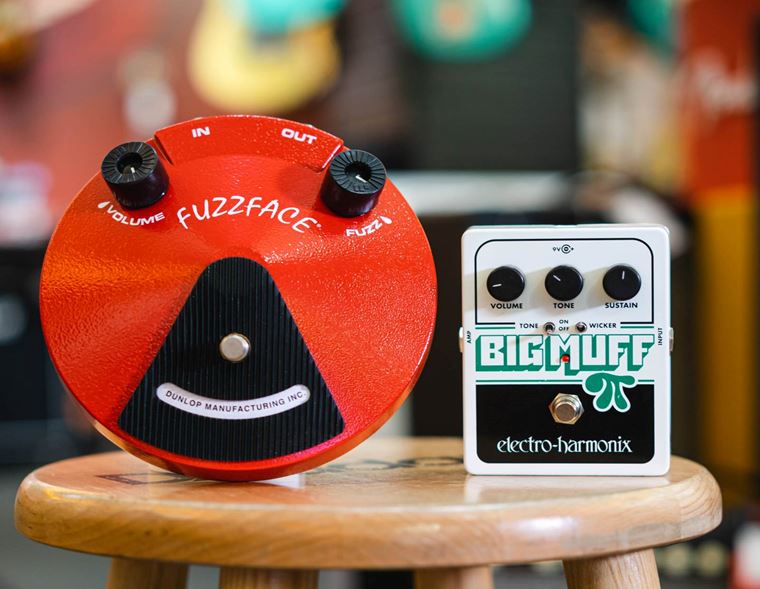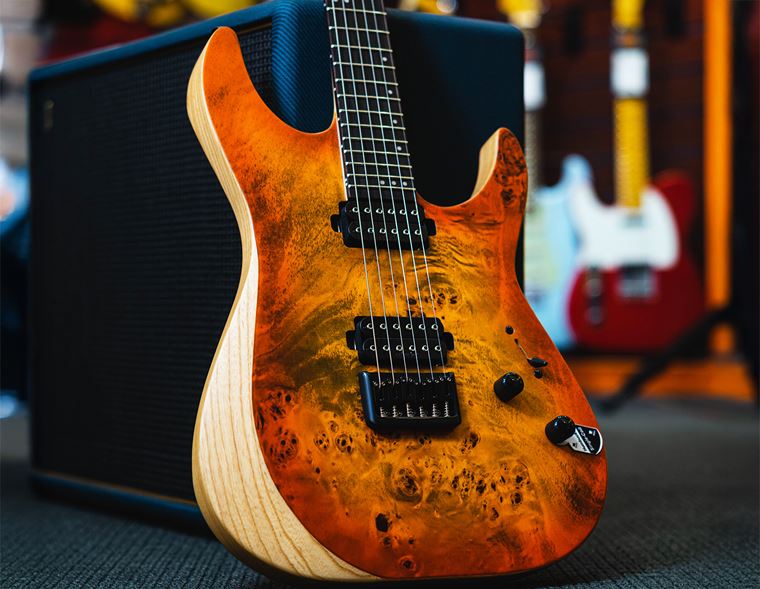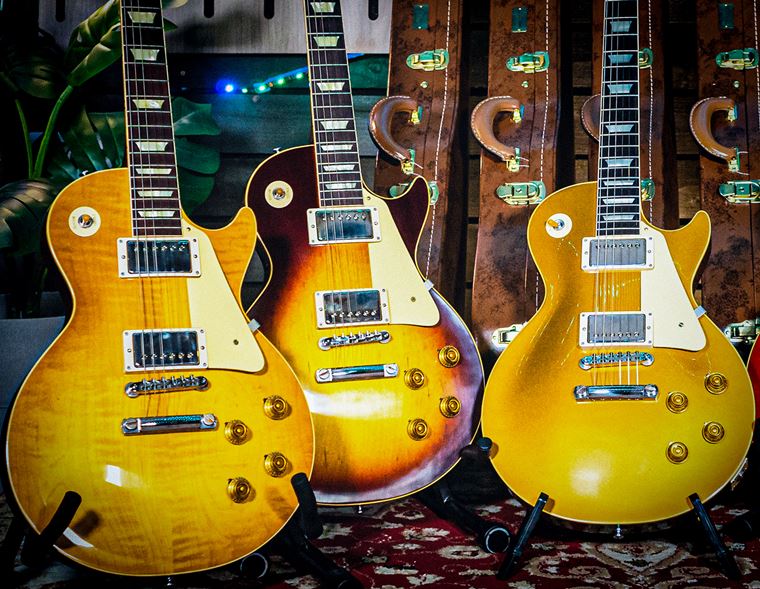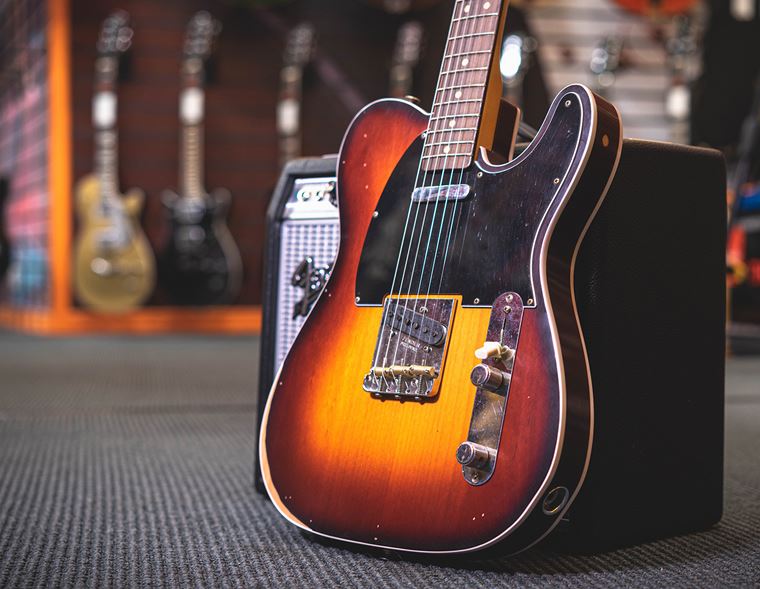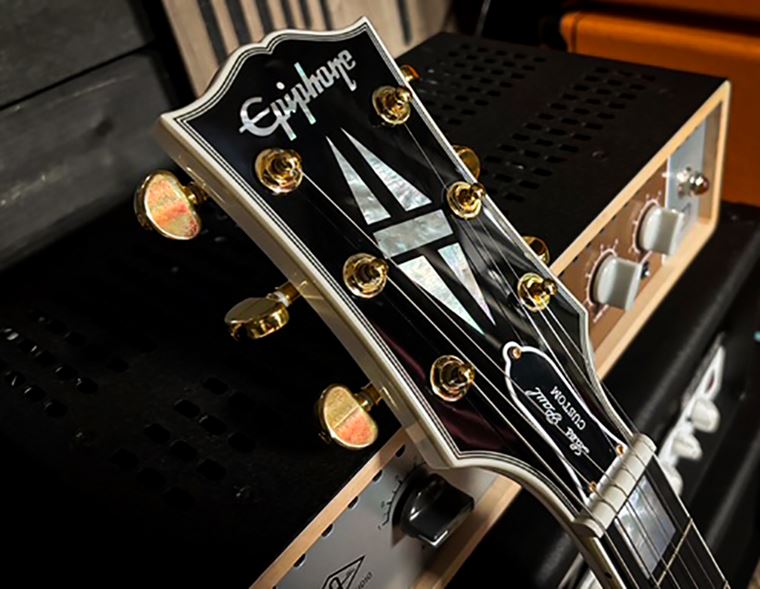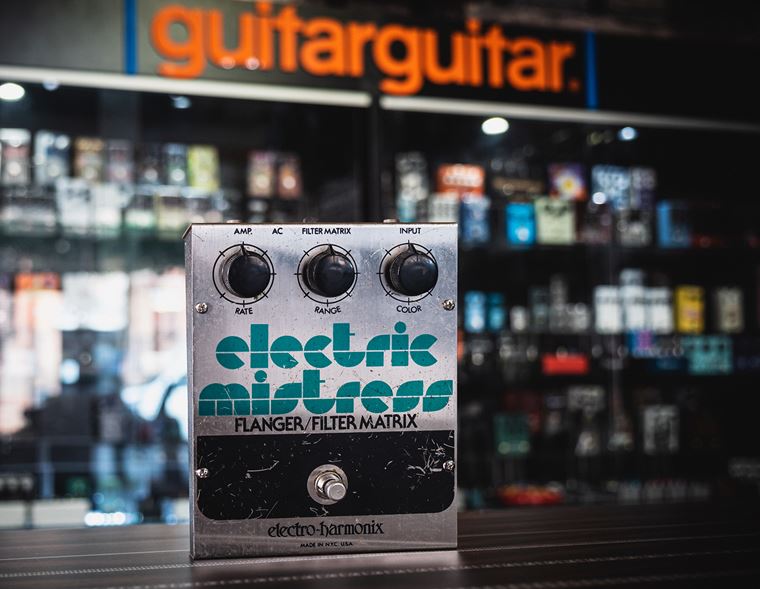Fender are - by quite a margin - the biggest and most significant brand in the electric guitar and bass world. There’s really no argument there, but what did the brand do that led them to this position as the perennial (and continued) number one in our game?
As guitarguitar celebrates our 20th anniversary, I’m looking at some of our biggest brands - and they don’t come bigger than Fender - to what what has made them resonate so much with us musicians.
Today, I’ll highlight some of the key moments in Fender’s illustrious timeline, when they truly changed the world of music with their creations. Given how often other companies have borrowed from Fender, it’s easy to lose perspective on how the guitar landscape looked prior to certain inventions occurring. I hope to reset that viewpoint a little today. I know you already love Fender guitars, amps and basses, but here’s a few reasons as to how Fender have earned that love…

Contents
The World’s First EVER Bass Guitar
The World’s FIRST Mass-produced Electric Guitar
The Blueprint for ALL Amplifiers
The Most-Copied Guitar in the World
Entire Genres Created Around their Products
A Hybrid Acoustic/Electric that Finally, People Like!
The World’s First EVER Bass Guitar
I actually wrote ‘first ever electric bass guitar’ for the title there, but the thing is, Fender’s Precision Bass was the flat-out first bass guitar entirely! Electric or otherwise, there was simply no such thing in existence until Leo figured that a guitar shaped bass with frets and strap buttons would actually be something that people wanted.
Most of us have grown up with the bass being a standard part of most music. Most of us think ‘rockabilly’ when they see bands with double bassists, but that’s how the world was until the P-Bass debuted in 1951. Since then, there have been literally hundreds of thousands of bass guitar designs created, but most players (myself included) still reach for the Fender P-Bass first. Talk about hitting the bullseye first time?

The World’s FIRST Mass-produced Electric Guitar
Call it the Broadcaster, the Nocaster or whatever you like: Leo’s first commercial venture into guitar building was what we generally refer to as the Telecaster, and it was the world’s first. It’s been in production CONTINUALLY since 1950, and most of the models bought today are overwhelmingly similar to that exact design.
How many other products can you say that about? Cars? Trainers? Televisions? No, none of those things look as they did in the ‘nuclear age’, because they tend to get refined and altered by fashion and technological advances. No so the humble Telecaster, which, like the Precision Bass I just mentioned, had so much ‘right’ about it straight out the gates, that there was never much need to change things.
Look at this: the 25.5” scale length of the Tele is what we consider to be ‘standard’ today. The materials (ash, alder, maple) are still the main requirements for a guitar. How the bridge operates, where the pickups sit, how the neck is bolted to the body…so much of this is thought of as standard practice for any guitar builder, but none of that existed prior to Fender putting out the Telecaster. It’s a titan. A humble, utilitarian titan, but a titan nonetheless.

The Blueprint for ALL Amplifiers
Fender amps sound fantastic: I’m pretty sure we can all agree on that? Whether it’s the Twin Reverb, the Bassman, the Princeton or the Deluxe, Fender amps provide us with some of the most classic electric guitar tones in history.
More than that, though, they also provided a blueprint for Jim Marshall. The first Marshall JTM45 was his take on the Fender Bassman circuit and design. He didn’t quite nail it, but what he got instead was the sound of rock, basically! Talk about a happy accident?
This is true of most other brands too: Vox, Silvertone and loads of other 60s designs were simply versions of Fender’s originals, made in the UK to provide a cheap alternative to expensive imported American amps.
Paul Rivera (Rivera amps) and Randall Smith (MESA/Boogie) both worked at Fender’s amp department before striking off on their own with innovations based on modded Fender designs.
Put simply, at the heart of all electric guitar sounds, there’s a Fender amp in there somewhere.
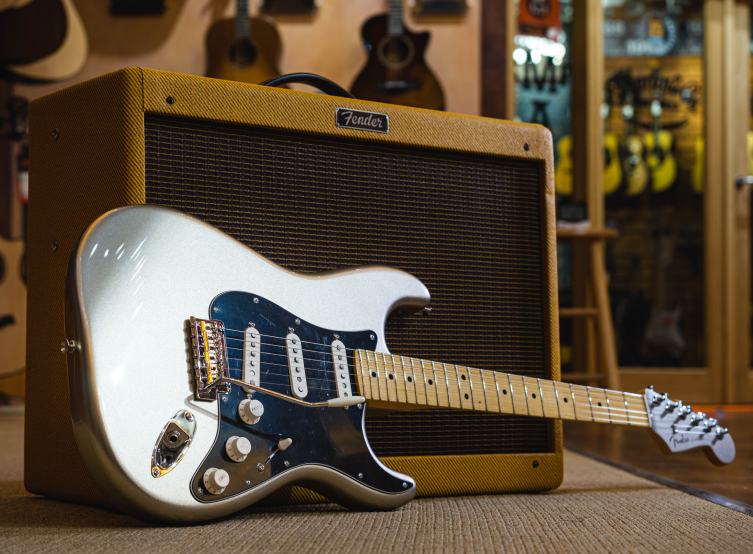
The Most-Copied Guitar in the World
The Telecaster is the world’s first mass produced electric guitar, but its younger sibling, the Stratocaster, is the one that has been the most copied.
Why might this be the case? Well, I can only speculate, but the Strat is the most popular guitar in the world on its own terms anyway, so it makes sense to copy a popular guitar, I suppose. The shape of the contoured body is a comfortable vibe that every player seems to be able to get on with. The selection of sounds on offer are more numerous than other models and easier to operate/select, so those elements could factor into it as well.
Over the years, Fender have done what they can to protect their design from the endless copycats, but a landmark US court ruling described the Stratocaster somewhat rudely as a ‘generic electric guitar’ and ruled that any builder in the US can use that design.
It’s a backhanded compliment for Fender to call the Stratocaster the world’s most copied guitar, but that also means it’s the most loved and used, too.

Synchronised Tremolo
Imagine a world without whammy bars! No romantic notes dipping, no arty pitch changing and no screeching divebombs: what a cold and miserable place that would be!
Now, Fender didn’t invent the idea of a vibrato bar (to give it its proper name): Paul Bigsby got there ahead of them, for example. That said, there’s a world of difference between a Bigsby unit and the Strat’s ‘synchronised tremolo’. There’s far greater range in the note manipulation, and there’s the choice to control the feel via tightening or loosening of springs in the ‘claw’.
The Strat’s tremolo is built directly into the guitar’s body, making it an inseparable part of the instrument, rather than an extra part that can just be added to the top. A whole vocabulary of sounds were written by imaginative artists using the Strat’s tremolo, which opened the sound of guitar music to new levels of expression.
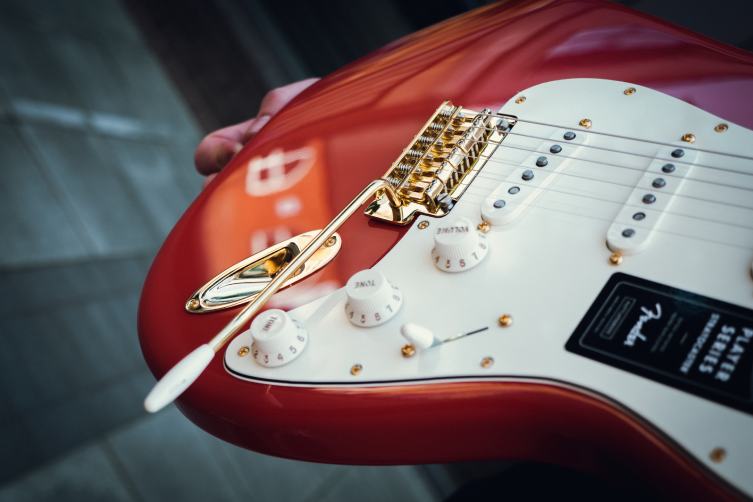
Entire Genres Created Around their Products
It wasn’t Fender themselves who created genres around the products, but artists themselves who saw - or more appropriately, heard - new musical possibilities within the Fender instruments and tones.
Buddy Holly creating rock n roll music in his inimitable way is a great example, but the one I’m really thinking about is Surf music. People nowadays will instantly associate Misirlou with John Travolta’s wig and Sam Jackson’s Bible-spouting from Pulp Fiction, but for Dick Dale, he heard the sound of the ocean inside the deep reverbs found within Fender amps of the day like the Showman. He reasoned that the ultimate guitar to describe those surf sounds was obviously the Stratocaster, and set about creating a new concept in instrumental music. Others followed, and none of them would be seen dead using anything other than a Fender to create their surftastic sounds.
A Hybrid Acoustic/Electric that Finally, People Like!
Bridging the world of electric and acoustic guitars has never been easy. Given that they are played in much the same way (if you can play one, you can play the same things on the other in the same manner), it’s amazing how difficult it seems to have been to reconcile these disparate worlds.
Loads of companies have tried over the decades - including Fender - and the results have always been too much of a compromise; whether too shrill, too ‘plastic’ or too unconvincing in either direction, it just seems that the worlds of genuine acoustic guitars and electric guitars were never going to meet.
Until the Fender Acoustasonic range showed up a few years ago, that is! Beginning appropriately enough with a Telecaster model (it was Fender’s first electric, after all), the Acoustasonic premiered several new innovations from both Fender and Fishman, all inside a complete rethink of what a hybrid guitar could be. The result is a new guitar concept that has been largely loved across the board, from country stars to indie performers seeing the potential in a guitar that does both jobs well.

The First Ever Offset Guitar
Although it wasn’t a major hit at the time (rather like the Les Paul, oddly), the Fender Jazzmaster was the world’s first offset electric guitar. Indeed, it preceded fellow offset models like the Jaguar and Duo Sonic by a couple of years (it was released in 1958) and although guitar fans took a while to warm to them again after the Surf music fad died (drowned?), the Jazzmaster is now regarded as one of Fender’s finest designs.
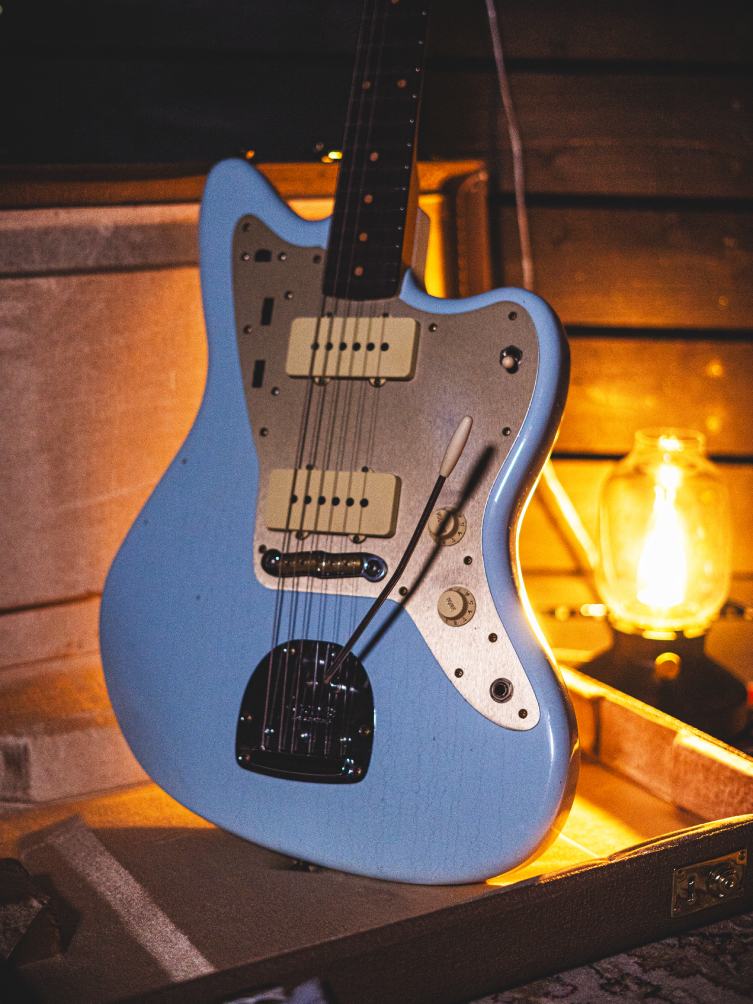
Bolt-on Neck Design
It’s funny to think about it, but musical instruments didn’t have replaceable necks until Fender released the Broadcaster in 1950 and the Precision Bass in 1951. The whole idea was to be modular: when the frets wore down, a replacement neck could easily be bolted on in place of the spent one. That very idea underpins so much of what Fender’s instrument designs are about: look at their pickguards, with electronics, controls and pickups all attached to the guard and able to be easily accessed and worked on/replaced.
Four bolts and a metal plate was all that was required to attach the neck to a Fender instrument body back in the fifties, and that piece of industrial design has become the standard way to join a guitar neck to a body to this very day.
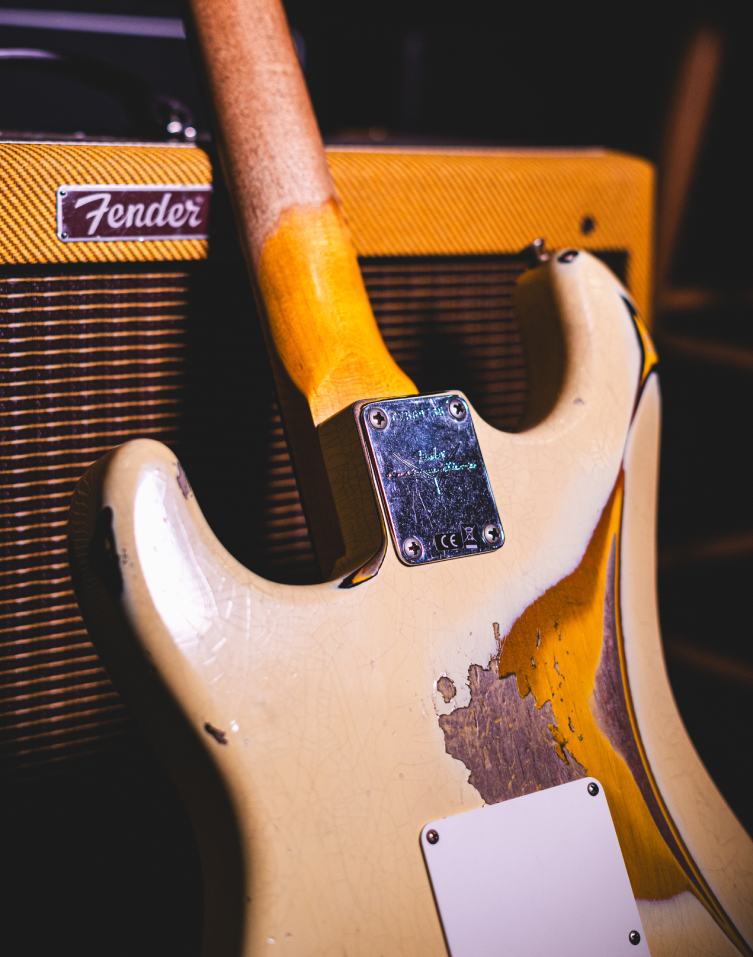
The Concept of Custom Colours
Was it automobile mogul Henry Ford who once said ‘Any colour you like as long as it’s black’? Well, at the dawn of guitar culture, you could swap in ‘Sunburst’ and effectively have the reality for Fender. Teles were blonde, Strats were Sunburst.
That is, until somebody made that all important surf guitar connection and noticed how cool the cars and boards were looking. They all used DuPont car paint, and the colour names will be famous now to all of you Fender acolytes: Surf Green, Lake Placid Blue, Seafoam Green, Fiesta Red, Sonic Blue…that’s where these colours all came from!
Fender would habitually finish their Strats in Sunburst until an order came through for a custom colour, which would then oblige a staff member to reach for the cans of DuPont car paint! In truth, this only occurred for a short while, until the catalogue was updated with proper colour choices. Still, the concept of offering custom colours was a very clever one, and has continued through custom shops the world over, not least Fender’s own Custom Shop.

Relic Guitars
Love 'em or hate 'em, for well over 25 years now, Fender have been offering 'pre-bashed' guitars to the masses, in varying levels of distress. It seems like a stroke of marketing genius until you try one for yourself and realise that the practicalities - worn-in feel, close approximation to actual vintage guitars - make these actually quite shrewd choices for guitarists who want the best from vintage Fender styles without toting a £50k guitar on tour with them!
Relics began in the Custom Shop, but today you'll find certain 'Road Worn' styles being offered from Fender Mexico too.

No Strat, No Superstrat!
The ‘Superstrat’ - a Strat-type guitar with hot pickups and often a locking Floyd Rose tremolo - was the de rigeur choice for gunslingers in the 80s. Thanks to a certain Van Halen guy messing around with his various Strat parts, every self-respecting player wanted something like a Strat, but just a little ‘more’.
Superstrats are very much with us today, made by all kinds of brands from Charvel and Jackson right through to Suhr and James Tyler. None of these would have existed were it not for Fender’s famously modular and adaptable Stratocaster, which proved itself the perfect starting point for modding.

Innovation and Vision
Hopefully these points all serve to underline just how game-changing Fender had been since their inception in 1946. Other guitar makers definitely have their own incredible contributions to be celebrated for, but no other single company has dominated and defined the world of guitars - and therefore popular culture - quite as continuously successfully as Fender have.
Getting to the top is hard enough, but consistently staying there is another matter.
We all love our Fenders and we depend on them, but the story that stretches back behind them in time is quite incredible indeed.


